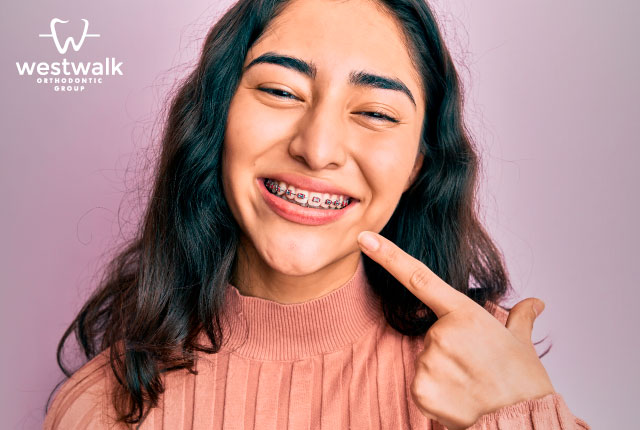At What Age Should a Child Start Two-Phase Orthodontic Treatment
While orthodontic treatment and appliances like braces and clear aligners don’t have an age limit, there definitely is a preferred time frame to perform such procedures. Going through treatment before your dental structure finishes developing offers easier maneuverability for orthodontists, which leads to shorter treatment times and a faster healing process that helps prevent teeth from shifting back to their original positions.
Now imagine how much more work can orthodontist do if they start their treatment at the same time or even before orthodontic issues start to develop. Fortunately for everyone, orthodontists already intercept these developing problems in a procedure known as two-phase orthodontic treatment.
What Is Two-Phase Orthodontic Treatment?
Two-phase treatment, as the name implies, is a type of orthodontic treatment that divides itself into two periods in a patient’s lifetime. The first starts around seven years of age, and the second begins anywhere from 9 to 14. This type of treatment aims to take advantage of the developing dental structures of a child to guide and correct the teeth’s and jaws’ growth.
The American Association of Orthodontists (AAO) recommends parents take their children to an orthodontist by age 7. In this stage, kids have a mix of baby and permanent teeth, which allows orthodontists to detect any present or developing orthodontic problems involving gaps between teeth, overcrowding, and malocclusions. Here your orthodontist will decide whether your child benefits from two-phase treatment or not.
While treatments such as traditional braces and clear aligners are available for patients of any age, interceptive orthodontics and treatments are only applicable to kids who are still developing their bones and dental tissue. Because of this, it’s crucial that you take your children to your best orthodontist in Norwalk as soon as permanent teeth start erupting.
Phase 1
As mentioned, phase one starts around seven years old, when the patient has a mix of both permanent and baby teeth. There are generally two main objectives in this first stage. The first one is to ensure that all permanent teeth have enough space to erupt, and the second is to guide or fix the jaw’s growth.
To accomplish these two objectives, orthodontists will recommend a type of functional appliance to prepare the patient’s mouth structures for the future. Appliances can come in the form of Invisalign, braces, palatal expanders, headgear, and more. The specific appliance will depend on the specific case. The orthodontic treatment will last around a year, after which there will be a resting period to allow all the remaining permanent teeth to erupt and to let solidify the changes done.
Phase 2
Phase two of the two-phase orthodontic treatment begins after the previously mentioned resting period. By this time in the patient’s lifetime, they will have almost all of their permanent teeth developed. Thus, orthodontists use common orthodontic appliances like braces and Invisalign to move the teeth into their final positions.
During this stage, orthodontists will finish dealing with the issues encountered in phase 1. Depending on your specific condition, you will have the option of choosing your appliance. Remember to take into consideration all aspects of orthodontics. While clear aligners like Invisalign are generally more comfortable and almost invisible, they require a great deal of compliance to use them the recommended 20-22 hours a day. In contrast, braces are not as comfortable and require you to follow a diet, but there is no risk of losing them or forgetting to wear them.
Is Early Orthodontics Worth It?
Yes, it is! As long as your condition calls for it, of course. As mentioned, not everyone will benefit from interceptive treatment. Your orthodontist may decide to wait until a few years before any type of intervention is necessary.
Early orthodontics benefits in many ways those who go through it. Interceptive treatment helps simplify or even eliminate various procedures a patient could have otherwise needed. From reducing the time with appliances to completely avoiding invasive treatments like surgeries, early orthodontics makes fixing orthodontic issues much easier for both the patient and the orthodontist.
Given that phase one treatment already helps with teeth and jaw alignment, not only will your kid’s future treatments be shorter, but they will enjoy a more natural and symmetrical smile from earlier on.
Schedule Your Child’s First Appointment for Their Two-Phase Orthodontic Treatment
Here at Westwalk Orthodontic Group in Norwalk, we will determine if your child needs interceptive treatment and what appliances would be best for them should that be the case. Schedule your appointment here and embark your child on an adventure to get the most healthy and beautiful smile possible.

